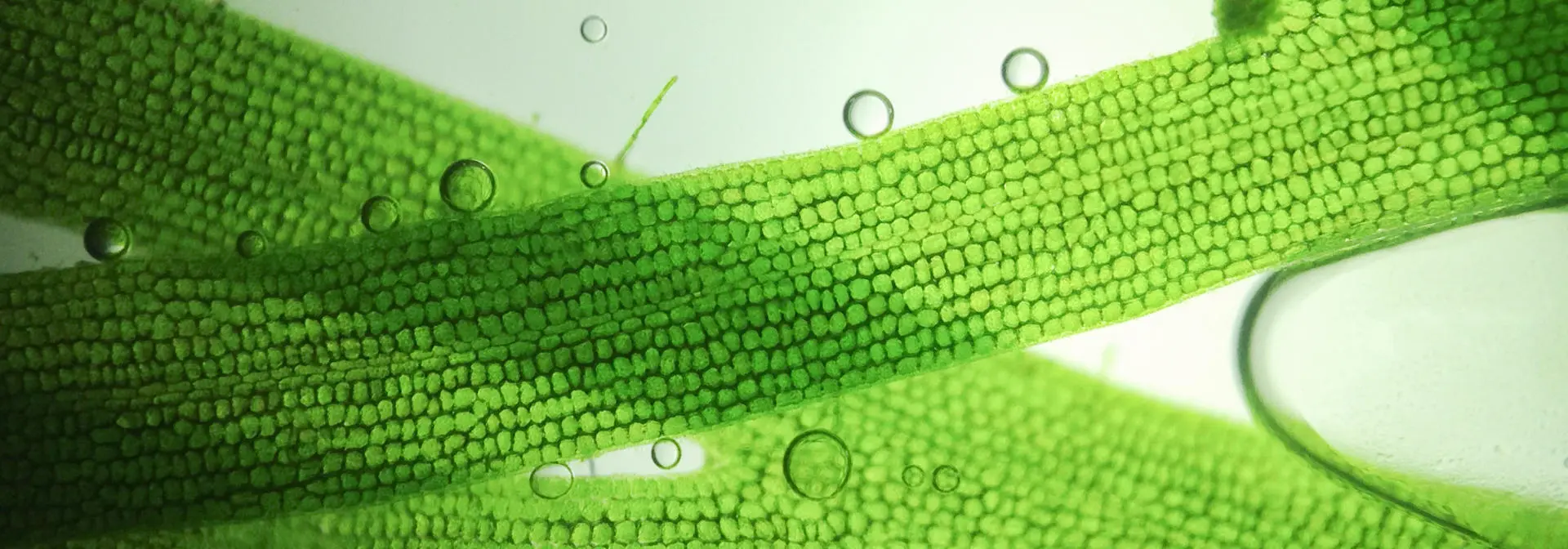Nano-Safety Research Group: Environment

Nanotechnology involves the development and use of materials and objects at the nanoscale (1-100nm). Nanomaterial use and production are increasing exponentially, and thus their release into the environment is inevitable, whether it is accidental or intentional.
In fact, many uses of nanomaterials are accepted to result in the wide, dispersive release of nanomaterials into the environment (e.g. nanosilver in household products, and the remediation of contaminated sites with iron nanomaterials). The distribution of nanomaterials in the environment and their hazards therefore require investigation.
Our research evaluates the fate of different nanomaterials in the environment and their impact on environmental target species such as microorganisms (e.g. bacteria), plants (e.g. algae), invertebrates (e.g. shrimp, mussels, worms) that live in water, sediments and soil, as well as fish.
We focus on:
- Identification of the characteristics of nanomaterials that might be responsible for making them hazardous.
- Evaluating the suitability of existing testing guidelines for assessment of the ecotoxicology of nanomaterials.
- Determining the mechanisms by which nanomaterials elicit toxicity.
The Nano-Safety Research Group also assesses the hazards posed by nanomaterials to human health and offers a range of research and testing services to a number of commercial partners.
For more information on the Nano-Safety Research Group please visit our website.